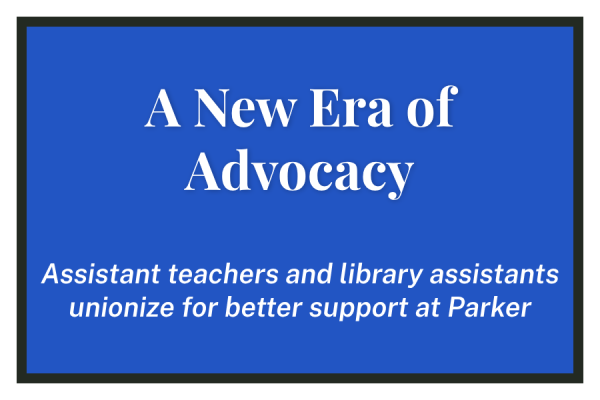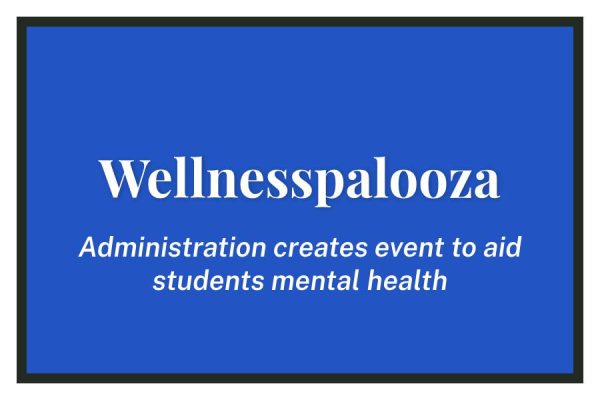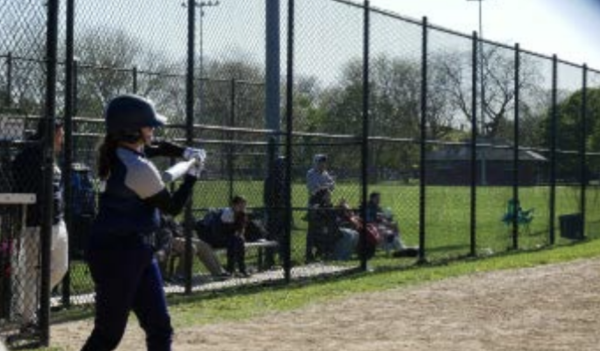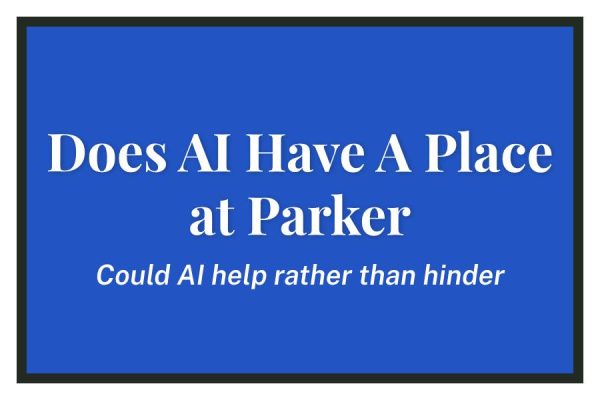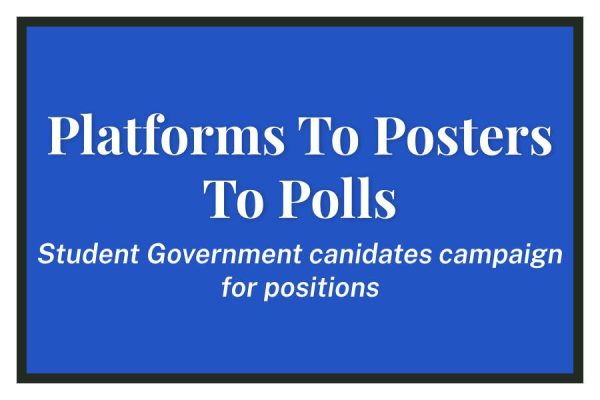Parker Junior Leads Black Lives Matter Protest
Youth Leaders Organize Protest Downtown
Trayvon Martin. Freddie Gray. Rekia Boyd. Michael Brown. Tarika Wilson. Eric Garner. Natasha McKenna. Ernesto Flores. Nicholas Heyward Jr. Alexia Christian. Philando Castile.
These are only 11 of the thousands of people who are victims of police brutality in America. Paired together, police brutality and systemic racism are two of the most discussed issues today. Many protests have been held all over the country in response to these killings–some have been peaceful, but most have resulted in even more violence and deaths. There is a group, however, with Parker connections, that aims to change this aspect of protesting and start a revolution right here in Chicago.
On the evening of August 7, hundreds of Chicagoans gathered at a protest organized by BLMChiYouth, a political organization led entirely by four black women ages 16-17: Eva Lewis, Maxine Wint, Sophia Byrd, and Parker’s very own Natalie Braye, a junior. The march’s purpose was to bring attention to the death of Paul O’Neal, an unarmed black man who was fatally shot by police officers in the South Shore neighborhood just 10 days prior to the protest. He was 18 years old.
The event, which was mainly organized on the BLMChiYouth Facebook page, began around 5:15pm in Wrigley Square, which is at the northwest corner of Millennium Park. 15 minutes prior to the event, the grass area in the middle of the square was already filling up with protesters, while various organizers, speakers, and performers waited at the north end of the square. News cameras were scattered along the outskirts of the grass, all soon to be pointing to the front as a huddle of young leaders formed, ready to take a stand for justice.
The protest kicked off with speeches that touched on themes such as systemic racism and police brutality. One of the more significant moments was when Lewis, one of the organizers, listed off the names of other victims of police brutality, which protesters shouted back to her. Some of these included Sandra Bland, Laquan McDonald, and Alton Sterling. Soon after, there was a quick transition to the actual march, which started going south on Michigan Avenue from Wrigley Square. As protesters walked in unison, some held up signs showing solidarity with Paul O’Neal and the Black Lives Matter movement. The growing crowd then turned onto Adams before making another turn onto State Street. Police officers helped pave the way as the march continued through the streets of downtown, but no major altercations or arrests occurred–from start to finish, the gathering was peaceful.
The march continued down State Street, with fists in the air and shouts of “No justice, no peace” and “Black Lives Matter.” At one point, walking was paused as the organizers told protesters to sit down in the street, blocking traffic in both directions and shutting down the busy downtown area.
Braye became a BLMChiYouth organizer after she saw an announcement about the sit-in posted by Wint on Instagram. Wint and Braye were friends in middle school. Speaking of their first protest on July 11, Braye expressed pride. “Our protest was the biggest of six protests that took place the week after the shootings of Philando Castile and Alton Sterling,” Braye said. “It really showed that if you give youth a platform then they will use it and really make something amazing.”
When asked about lessons learned from these events, Braye spoke of taking a step back and processing what’s happened. “It can be really stressful and emotionally and physically taxing to take part in protests, especially leading them,” she said. “If you don’t take a moment to self-care when things are becoming too much, then you could make a rash decision that could endanger yourself as well as the hundreds of protesters you’re leading.”
Some of the protesters were outspoken on the issues involved with police shootings and taking immediate action on them. “I participate in all the protests that I can because this keeps happening,” one woman said. “Participating in one protest and then being done isn’t going to help.”
A male protester spoke of raising awareness and implementing policy. “We want a policy where all police officers are required to have body cameras at all times, and penalties for turning off the body cameras,” he said. “What activists have been calling for is a long-promised Community Police Accountability Council (CPAC). We just want community policing policies in our city.”
One BLMChiYouth protest saw upwards of 500 attendees, while the July protest reached approximately 1000 attendees. News outlets such as ABC7 Chicago and the Chicago Tribune ran articles on the march.
One of Braye’s favorite parts of being a protest organizer is helping to make change and bringing awareness to issues. “I don’t think anyone should be silent on important issues if they have the platform to speak out and make a difference,” she said. “At the end of the protests there’s always this overwhelming feeling of love and strength and hope for the future. There really isn’t any other feeling like it.”


